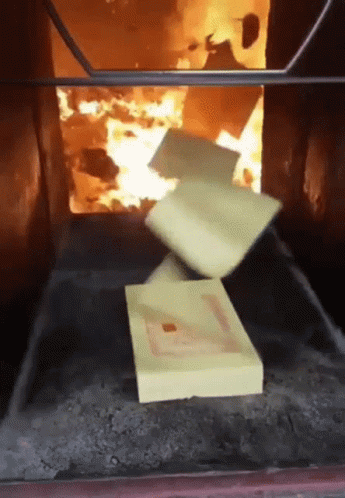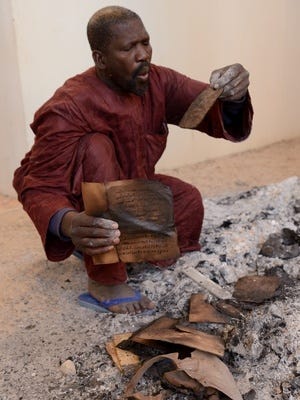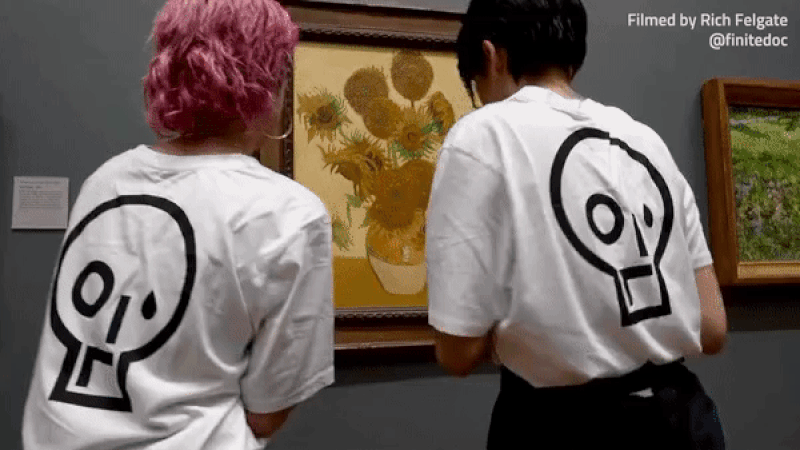Ancient Manuscripts and the Tragic Loss in Timbuktu
Written on
Chapter 1: The Tragedy of Timbuktu's Manuscripts
Last month, I discussed the devastating destruction of Nimrud in 2015. However, I recently learned that in 2013, numerous invaluable manuscripts were also reduced to ashes at Mali's Ahmed Baba Institute under similar dire circumstances.

According to officials, over 2,000 manuscripts, scrolls, and books were either destroyed or looted during a ten-month occupation of Timbuktu by Islamist militants. Many of these texts date back to the 14th through the 16th centuries, with some being unique, one-of-a-kind originals—truly irreplaceable treasures.

Now, only charred remnants of these age-old manuscripts remain, a tragic consequence of religious intolerance. Anything deemed incompatible with the prevailing faith was subject to destruction. The advent of Islam in Africa can be traced back to the 7th Century CE, suggesting that countless similar incidents have likely occurred throughout history, leaving us unaware of the full extent of the losses. The senseless destruction is overwhelming, raising the question: what is the purpose of such violence? Is it really about differing beliefs? Are we truly so different in our convictions?

This scenario mirrors the fate of many ancient Greek and Roman statues, which often have missing limbs or heads, or have been completely obliterated. The cause of this devastation is not merely the passage of time or natural disasters; it largely stems from the actions of Pope Gregory the Great in the 6th century, who ordered the obliteration of anything he deemed idolatrous—temples, statues, and texts were all targeted.

One might hope that such barbarism is a relic of the past, yet humanity seems to repeat its mistakes.

In November 2013, a well-known Egyptian religious figure, Murgan Salem al-Gohary, appeared on local television advocating for the demolition of the Sphinx and the Pyramids, calling for the destruction of all artifacts. It is clear that we must protect our cultural heritage from those who would see it erased, although achieving this protection is undoubtedly a complex challenge.